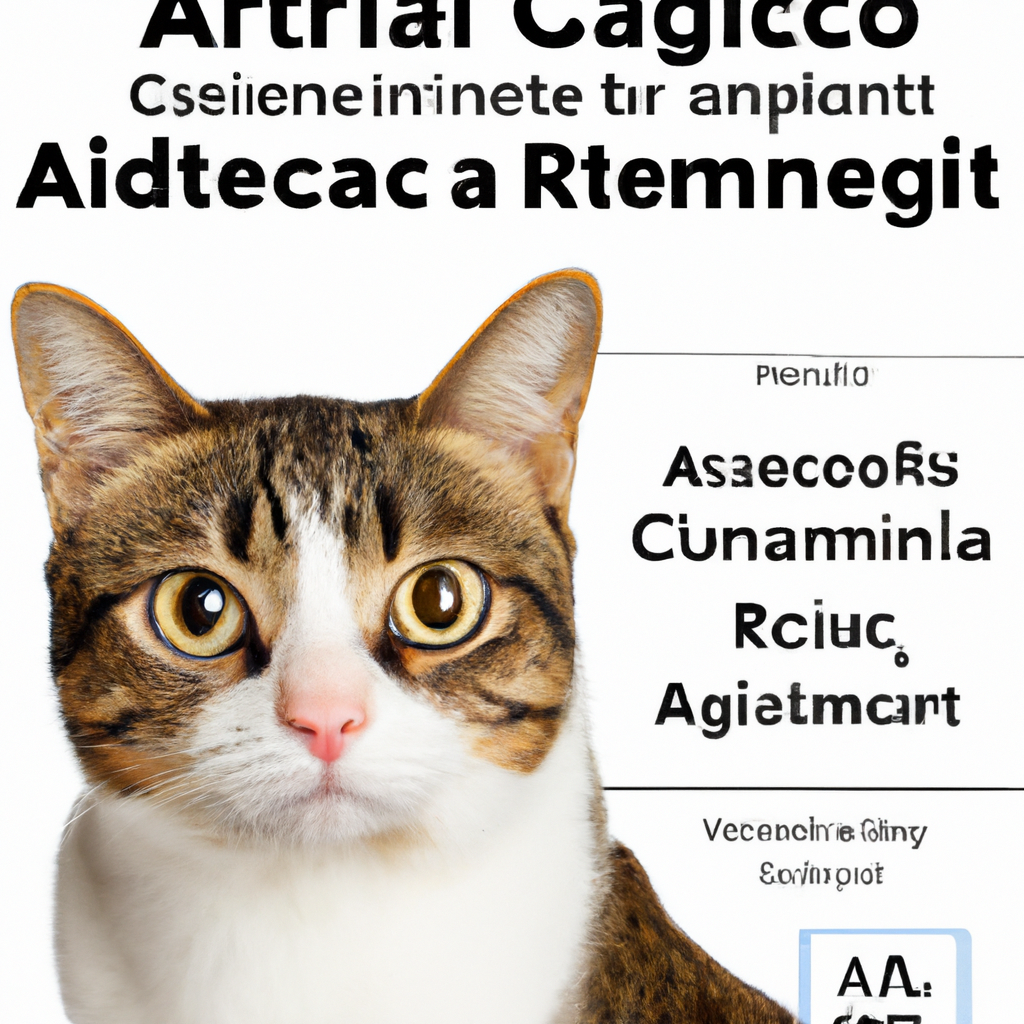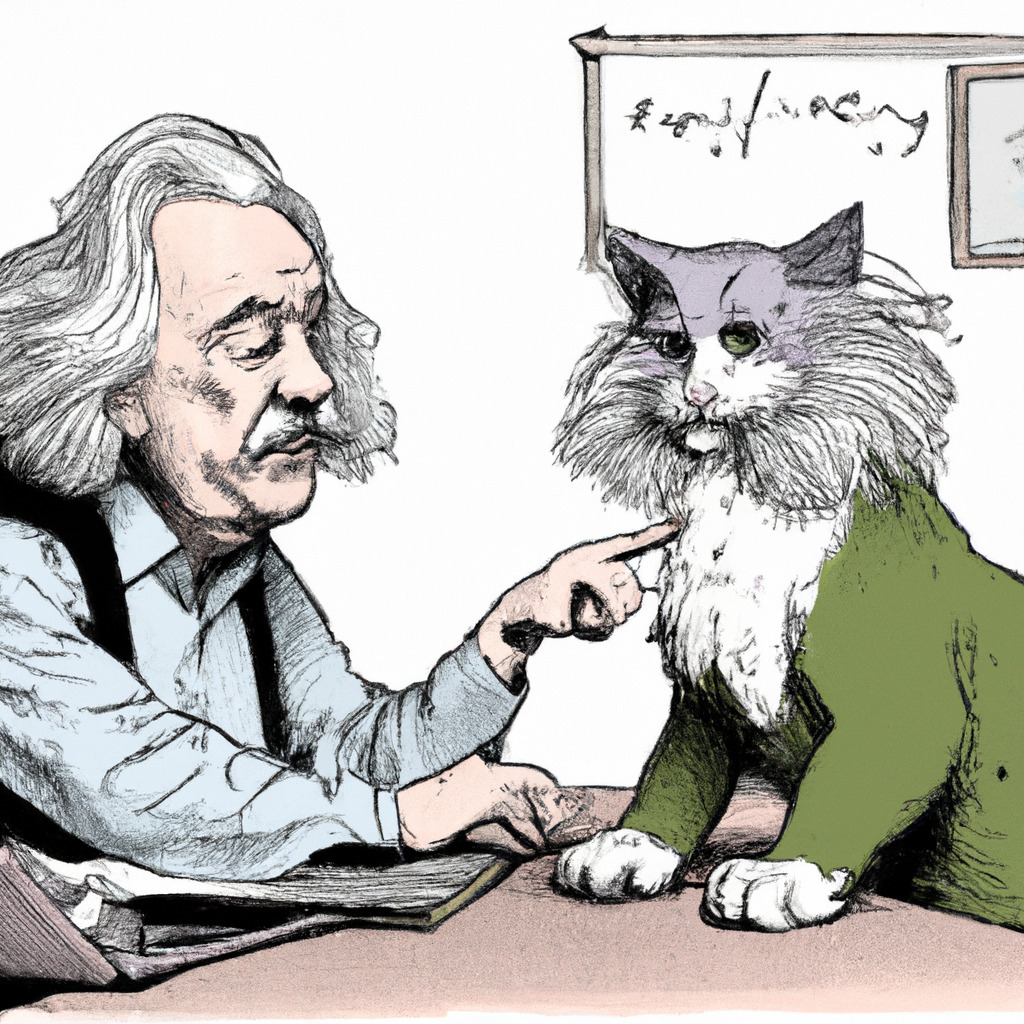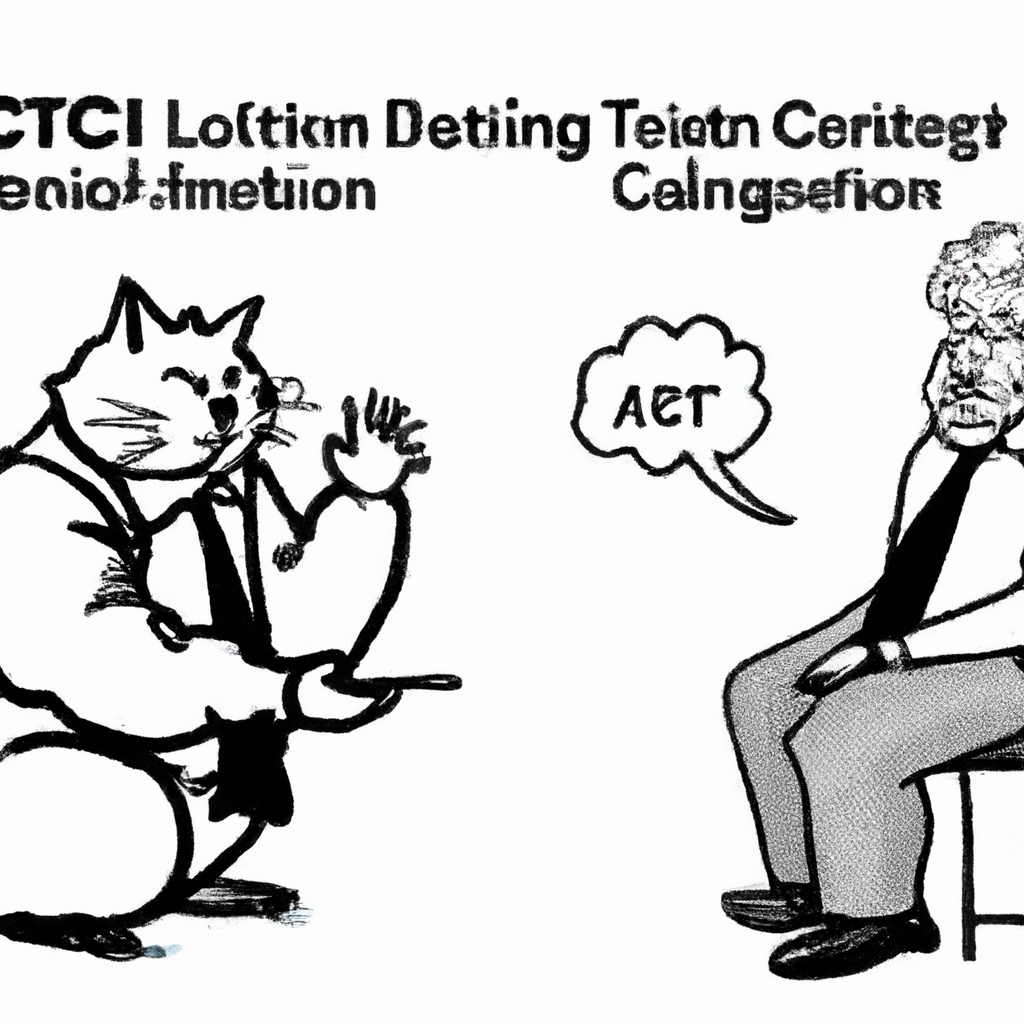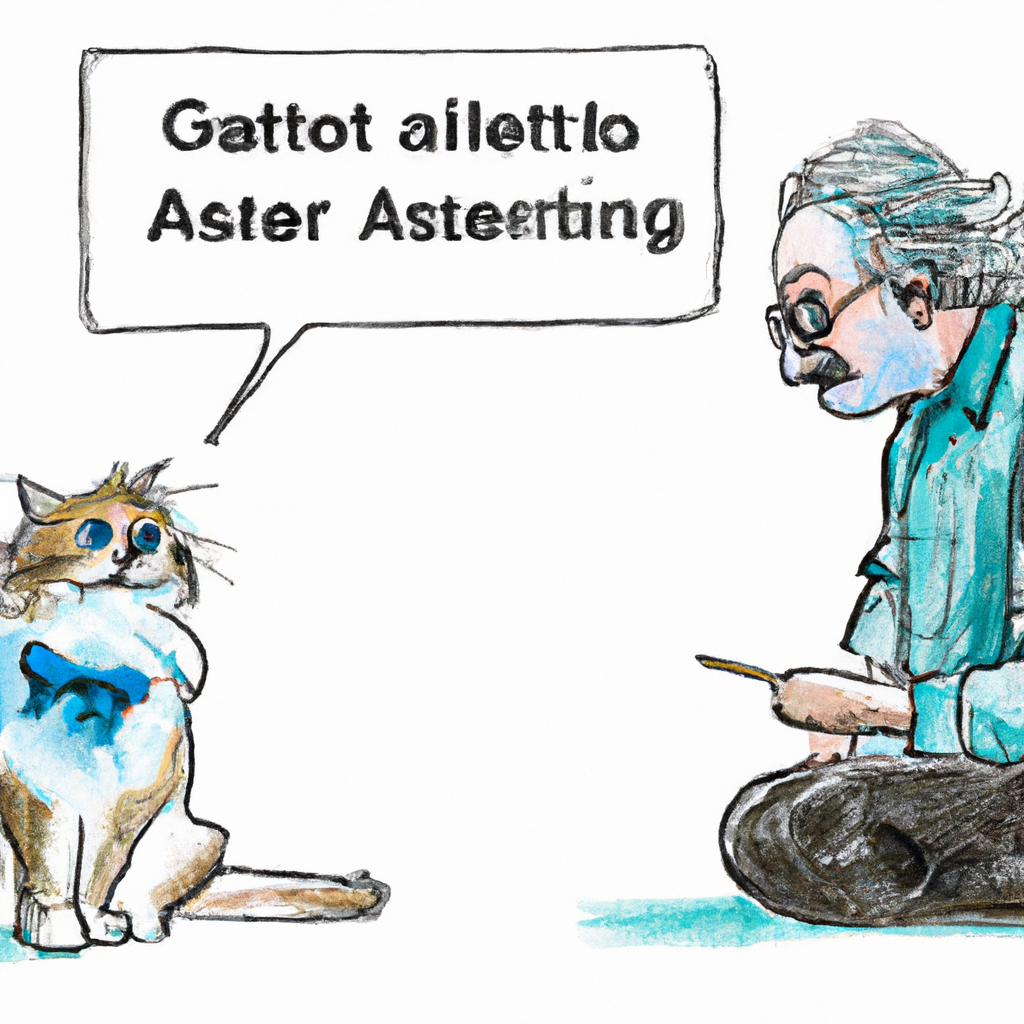
Title: A Comprehensive Guide to Artificial Intelligence for Beginners
Artificial Intelligence, or AI, is a rapidly growing field that has become an integral part of many industries. From healthcare and finance to entertainment and marketing, AI’s applications are virtually limitless. However, the world of artificial intelligence can seem daunting for beginners due to its complex nature.
This article aims at breaking down these complexities into manageable pieces so that anyone interested in exploring this fascinating subject can gain a solid understanding.
Understanding What AI Is:
AI refers to machines or software mimicking human intelligence processes—learning from experiences (machine learning), interpreting data (data analysis), recognizing patterns (pattern recognition), solving problems (problem-solving algorithms) etc., thereby improving their performance over time without being explicitly programmed.
Types of Artificial Intelligence:
There are two main types: Narrow AI and General AI.
Narrow or Weak AI is designed for specific tasks such as voice recognition or recommendation systems like Siri on iPhone devices or Amazon’s product recommendations respectively.
General/Strong AI doesn’t exist yet but when it does it will possess all the capabilities of human cognition including understanding natural language inputs, recognizing objects/people/emotions etc., alongside self-awareness and consciousness too!
How Does It Work?
One essential aspect any beginner needs understand about how artificial intelligence works revolves around machine learning – where computers learn from data inputted into them without explicit programming instructions involved – just like humans do! For example; Google’s search algorithm learns which websites should be ranked higher based on user interactions with those sites previously shown in results pages among other factors considered by said algorithm itself during process known as ‘ranking’.
Different Approaches To Machine Learning:
1) Supervised Learning: In supervised learning approach datasets provided have both input/output pairs clearly defined allowing system predict future outputs based upon past ones effectively.
Example – Email spam filters work under this principle where they’re trained using large number emails labelled either “spam” not helping filter identify characteristics common among spam emails henceforth.
2) Unsupervised Learning: Contrary to supervised learning, unsupervised learning does not involve labelled data. Instead, it attempts to find hidden patterns or intrinsic structures from input data.
Example – Social media platforms use this technique for segmentation and targeted advertising by grouping users based on their likings, behaviour etc.
3) Reinforcement Learning: This approach involves a reward-based system where the AI learns through trial and error method in order to achieve the best possible results.
Example – Google’s DeepMind developed an AI that taught itself how to play and win games like Chess or Go using reinforcement learning!
Getting Started with Artificial Intelligence:
The first step towards understanding artificial intelligence is gaining foundational knowledge in mathematics (especially statistics), programming languages such as Python which are widely used within field due its simplicity alongside libraries/packages specifically designed handling machine learning tasks e.g., Scikit-learn TensorFlow Keras PyTorch etc.,
Furthermore taking up online courses offered sites like Coursera edX Udemy could prove beneficial since these provide comprehensive insights into various aspects related AI including but limited aforementioned ones along practical examples real life applications too!
Finally remember practice makes perfect; therefore keep experimenting different datasets algorithms improve your skills gradually over time becoming proficient at using artificial intelligence effectively efficiently across multitude scenarios both personal professional lives alike!
To conclude, embarking journey explore world may seem intimidating initially however once basics understood rest will fall place naturally thereafter paving way exciting opportunities ahead so don’t hesitate take plunge dive deep into fascinating realm today!
Artificial Intelligence example can be seen in healthcare, particularly in the form of AI-powered predictive analytics. This technology is capable of analyzing large volumes of data to predict patient trajectories and outcomes. For instance, it can analyze a patient’s medical history along with vast amounts of scientific literature and clinical data to predict potential health risks or disease progression for that particular individual.
This application not only allows physicians to make more informed decisions about their patients’ treatment plans but also enables them to provide preventative care. It could potentially reduce the number of hospital readmissions or even prevent certain conditions from developing at all by identifying risk factors early on.
Another impressive use case would be personalizing treatments based on genetic information or lifestyle factors identified through AI analysis. Thus, Artificial Intelligence presents itself as a powerful tool that could revolutionize healthcare delivery and improve overall population health outcomes significantly.
# Here’s a story about Gato Rico
Once upon a time, in the plush neighborhood of Mew York City lived Gato Rico, the wealthiest feline in town. He was no ordinary cat; he was an Abyssinian with an aristocratic lineage and had inherited his fortune from Felina Furrari, his eccentric billionaire owner.
Gato Rico wasn’t just known for his wealth but also for his love of technology. His mansion was filled with the latest gadgets and gizmos – automatic food dispensers, self-cleaning litter boxes, remote-controlled mouse toys – you name it!
His most prized possession though was “Whisker 3000,” an artificial intelligence system programmed to cater to every whim and fancy of this high-flying kitty. Whisker 3000 could order salmon sushi from Sashimi Alley at three AM or schedule playdates with Madame Purrfect across town.
One day while enjoying a nap on top of Whisker’s central hub unit (because where else would one sleep if not atop expensive electronics), Gato accidentally activated voice command mode by purring into its microphone.
“Order meowximum number fishy treats available,” half-asleep Gato mumbled into the mic as he dreamt about oceans full of tuna.
And so it did! The next morning there were enough fishy treats delivered at their doorstep that they blocked out all sunlight coming through their front door! It took them days to figure out what had happened until they realized that ‘meowximum’ translated to maximum according to Whisker’s AI programming language!
But instead of panicking like any other cat would have done (imagine having your daily sunbathing routine disrupted!), our tech-savvy hero saw opportunity amidst chaos: he started donating these excess goodies among less fortunate cats around Mew York City via drone deliveries scheduled by none other than – yes you guessed it – Whisker 3000!
The news spread like wildfire. Gato Rico was hailed as a hero, and his popularity soared even higher. The once snobbish feline aristocrat had transformed into a beloved philanthropist overnight.
In the end, not only did Gato Rico use artificial intelligence to live in luxury but also discovered its power to make others’ lives better too! And so, he continued living his life full of naps, fishy treats and secret rescue missions – all managed by an AI who understood ‘meowximum’ is sometimes more than just a cat nap request.
And that’s how our rich kitty lived up to his name: ‘Gato Rico’, which translates from Spanish as ‘Rich Cat’. He was indeed rich – not just in wealth but also in heart!






